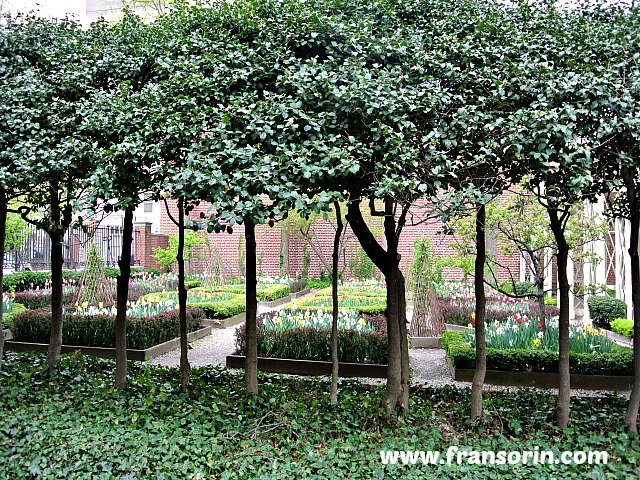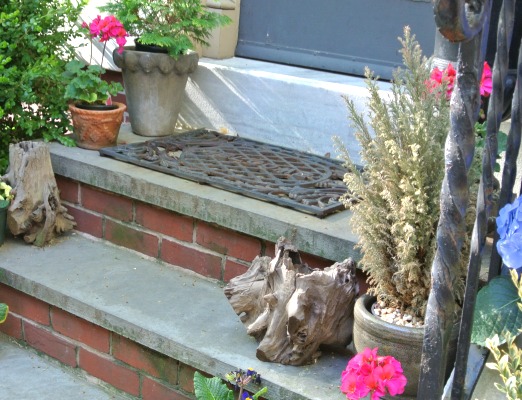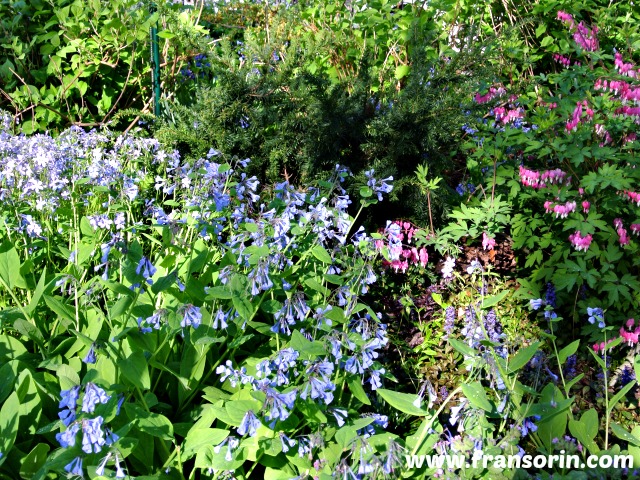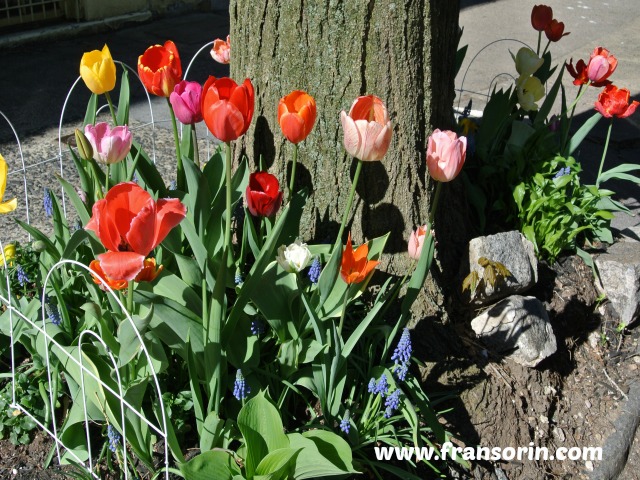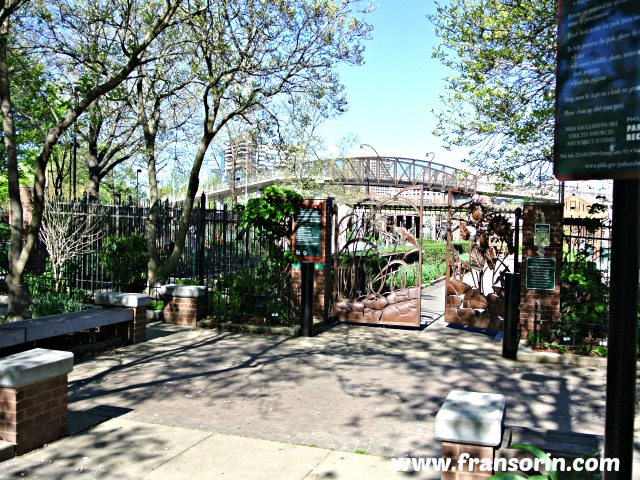I’ve been devouring the spring blooms in Philadelphia over the past 2 weeks. As I take my daily morning walk, I’m amazed at the simple beauty of the plantings in both personal and public spaces.
When walking down a city street, window boxes, container plantings, trees judiciously positioned, and pots strategically placed on the steps or sidewalk can create a feast for the eyes.
But at the same time, with so little space to work with, gaffes in color combinations, plant choices, and design are glaring. There is less room for mistakes when gardening in such a small area.
Everyday I made mental notes of the plantings I loved vs. those that I thought could use some help.
This led to me creating a list of 13 New Rules for City Gardening.
1. Do experiment with complementary colors and softer contrasting colors in containers to create a profusion of color and a romantic, cottage-garden design.
2. Do not use one of each plant variety and do not stagger heights in a straight row. It’s a jagged look and not pleasing to the eye.
3. Do not clutter front steps with odds and ends and single plants in small containers. It ends up looking disheveled and like you’ve carelessly thrown some things together.
4. Do plant trees in containers on the perimeter of your property. They add color, texture, and life to a paved sidewalk. Plus, they’re good for your health and the environment.
5. Do use a focal point in sumptuous and large container plantings. But be judicious in your choice. Whoever designed this garden did a masterful job in selecting a large Digitalis (foxglove) as the focal point, along with slim, curving bare branches.
6. Do use hardy, easy to maintain perennials in abundance if you garden on a piece of land.
In the photo above, Brunnera macrophylla, commonly known as Siberian bugloss, is known for its forget-me-not spring blooming flowers. It does well in moist, partial shade, in acidic soil.
In the photo above, 2 delightful spring blooming perennials, Pulmonaria augustfolia, commonly known as lungwort, and Dicentra spectabilis, commonly known as Bleeding heart, make perfect partners in a small garden, at Fitler Square, in Center City Philadelphia.
Dicentra spectabilis dies back to the ground by early summer so be prepared to have an empty space in the garden that will need to be filled in. But if you love the plant as much as I do, it’s worth the extra effort.
The photo above is of Ajuga reptans, a herbaceous, shade loving ground cover.
7. Do create narrow beds around the perimeter of your house filled with bushes, perennials, bulbs, and annuals. When done correctly, it is visually stunning and awakens your senses.
In the photo above, a lilac bush in full bloom on the corner anchors the other plantings which consists of lilies, tulips, hyacinths, and several perennials.
8. Do not leave evergreen material in window boxes when planting for spring. Trying to add some flowers and plant around them rarely works. The end result is an off-scale, thrown together vignette. Start fresh: remove all plant material and work in compost and fresh soil to already existing soil.
9. Do plant spring bulbs and native wildflower seeds around the perimeter of trees on your city block. It’s surprising how effective it is in adding color, beauty, and bringing pleasure to folks walking by.
10. Do create containers with the focus on foliage rather than flowers.
The container above is filled with ivy, begonia, hellebore, heuchera, perennial grass, and fern. The shapes, colors, and variegation of the leaves make for a stunning, yet simple container.
11. Do not use the sidewalk as a space to create your own version of paradise.
In this photo, the owner of the home placed the shelves, the buddha, and a plethora of plants on the edge of the sidewalk near the street. Not only is it illegal and obtrusive but in this case it proved to be an eyesore.
12. Do not plant annuals in blocks of colors in a garden bed.
This planting is just plain ugly. It would look so much prettier if it had been planted up with perennials and bulbs, as suggested in #6.
13. Do advocate for your city to create as many green spaces and community gardens in your city. Research shows that being surrounded by green spaces and working in a garden have a significant positive impact on your health.
The photo above was taken at Rittenhouse Square in Philadelphia, a favorite place for folks to meet up, eat, relax, and bring their dogs and children.
The photo above is the entrance to a community garden in center city Philadelphia.
Now it’s your turn! Do you have any New Rules that you’d like to add to this list?

